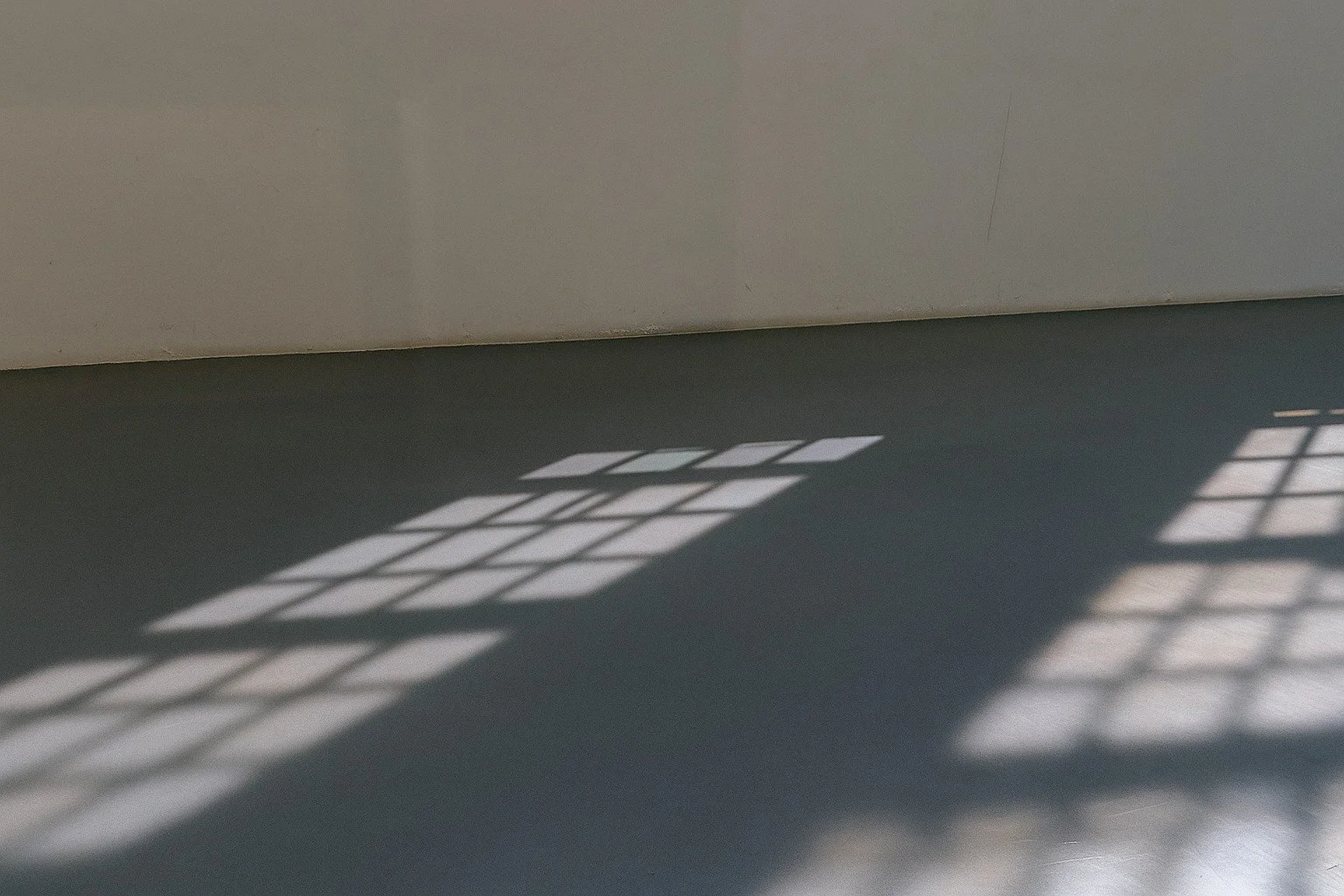by Neele Wette
The future we wear
A vision of fashion
by Neele Wette
Imagine the year 2035…
It’s not that far away, but imagine the fashion industry has changed in ways we now only wish for. Clothes are no longer disposable and sustainability is no longer a trend because it has become the norm. Fashion has become more personal. People no longer feel pressured to keep up with trends. Instead, they wear what makes them feel good. Style becomes an expression of individuality, not of conformity.
In this future, most garments are made from natural materials. These fibers aren’t just more skin-friendly, they’re designed to be fully recyclable, so they won’t end up in landfills but instead return to the production cycle as new garments. We no longer use chemical dyes to colour our clothes. Instead, we turn to natural, locally sourced herbs to help protect our drinking water and oceans from further pollution.
Behind the scenes, the factories that produce our clothes are powered by renewable energy. Solar panels and wind turbines supply the electricity needed for sewing machines, dye houses, and logistics.
Overproduction is no longer a problem. More and more brands are producing on demand or in small, responsible batches. Supply chains have become shorter and more transparent, with a focus on local production to reduce emissions. Clothes travel shorter distances, and consumers are more likely to buy local.
By recognizing clothing and the work behind it as true craftsmanship again, garments are valued more and tend to last much longer. Fashion giants would quickly lose relevance. Smaller, independent fashion labels that focus on craftsmanship, fair production, and lasting quality would take their place.
And if you're thinking, "Haven't we seen all this in the past?" — you're probably right. Progress isn't always about moving forward at full speed; sometimes it's just as important to take a look back. A future imagined before chemicals became commonplace, before clothing was instantly available in every shape and color. I'm not saying we should turn back time or regress, but rather that we need to learn from the past and use those lessons to shape the future.
Unfortunately, this vision still feels far off. It can only become reality if consumers, companies, and policymakers work together. Today, over 60% of consumers are aware of fashion’s environmental impact. But only around 20% are actively making sustainable choices. With better access, transparency, and education, more people are hopefully finding their way into conscious consumption.
Someone once told me that there’s no more sustainable piece of clothing than a well-made one. That sentence has stayed in my mind ever since and I think that this thought should guide us all towards a better and more conscious future .
It’s important to stay hopeful and look to the future with a positive mindset. If everyone tried to live in a way that their future self would be proud of, many of the problems we’re facing tomorrow could already be smaller today.
And while 2035 may still feel far away, every step we take today brings us closer. Every conscious purchase, every decision to repair instead of replace, every brand that chooses ethics over shortcuts — it all matters. The future of fashion won’t change overnight, but it will change. And when it does, it will be because people like you believed it could. Because we didn’t just imagine better — we acted on it.


